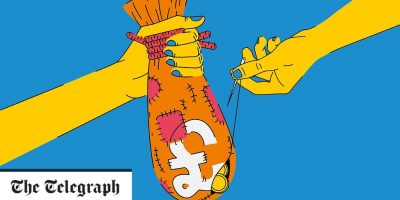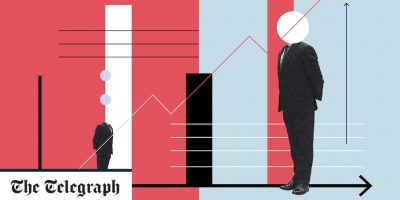Tensions between America and Iran escalated last week amid further military action. Stock market investors tend to panic when countries race to arms, piling savings into so-called “safe haven” assets. Yet what we classify as safe has changed over time – today’s defence is being built with a very different type of brick.
The traditional definition for a safe or defensive asset is one that is uncorrelated to riskier holdings such as shares but which is also easy and quick to buy and sell. This has often ruled out the likes of property, wine and art.
Gold has long been known as the ultimate safe asset, with the price up nearly 4pc since America assassinated Iranian military leader Qassim Soleimani. However, while gold retains its usefulness, its importance peaked in the last century, according to Ed Smith, of fund firm Rathbones.
Government bonds were also established as safe, as investors trusted the most stable governments to honour debt obligations. At the top of the list is American debt, which Axa Investment Management economist David Page said was the purest government bond haven. German and Japanese debt also act as safe investments.
Yet with the gold price far from cheap and government bonds offering low or even negative yields – investors have had to turn to alternatives.
One new source of protection are cryptocurrencies. The price of Bitcoin, the best known crypocurrency, has risen 16pc since the Jan 3 killing of Soleimani. Derivatives trading platform eToro found the attack led to a 46pc increase in Bitcoin trades compared to the average over the previous three months.
Advocates argue that cryptocurrencies have an independent source of value, are outside of the control of central banks and cannot be devalued or destroyed by governments. Yet experts are not convinced. Peter Sleep, of Seven Investment Management, said he preferred a real currency as it could be exchanged easily for actual goods. Mr Smith added that, while cryptocurrencies do tend to climb when markets are under pressure, their track record is far too short to come to a firm conclusion that they work as safe haven assets.
Other defensive holdings include slightly less precious metals such as silver. The price can be correlated to gold, but is much more volatile. It is also used more in industrial activity, meaning it can fall in value during economic slowdowns – hampering its defensive effectiveness if a market fall is driven by poor economic circumstances.
The use of foreign currencies has also increased. Mr Page said the Swiss franc, Japanese yen, Norwegian krone and American dollar were best-placed to rise when markets came under pressure. The dollar is the global reserve currency, which means other governments hold significant quantities of it, making it a relatively safe investment.
The ease with which these safe havens can be bought is adding to their popularity. Using foreign currency is as simple as opening a bank account and transferring pounds.
Some digital banks have revolutionised the process. Revolut, for example, allows customers to hold and exchange 30 currencies in its mobile app at a low cost. Similarly, cryptocurrencies and gold can be bought via low-cost and easy-to-use brokers. The precious metal’s price is most commonly tracked using exchange-traded funds (ETFs).
However, investors should not underestimate the importance of the more traditional safe investments, said respected economist John Kay. He said the defensive status of government debt remained strong, although the countries considered “safe” had changed over time. In the past British government debt was considered the safest, with investors turning their noses up at Japanese and German debt. This is no longer true.
Investors can most easilly buy American government bonds through Isa and pension brokers. Passive funds and ETFs offer cheap and easy exposure.
Quoted investment trusts – such as City of London and RIT Capital Patners – have enviable track records of preserving wealth and maintaining dividends over many years.
Will Hobbs of Barclays Smart Investor said: “Instead of focusing on finding dubious safe havens, the most cost-efficient way to fortify one’s portfolio is through diversification.”
























Comments